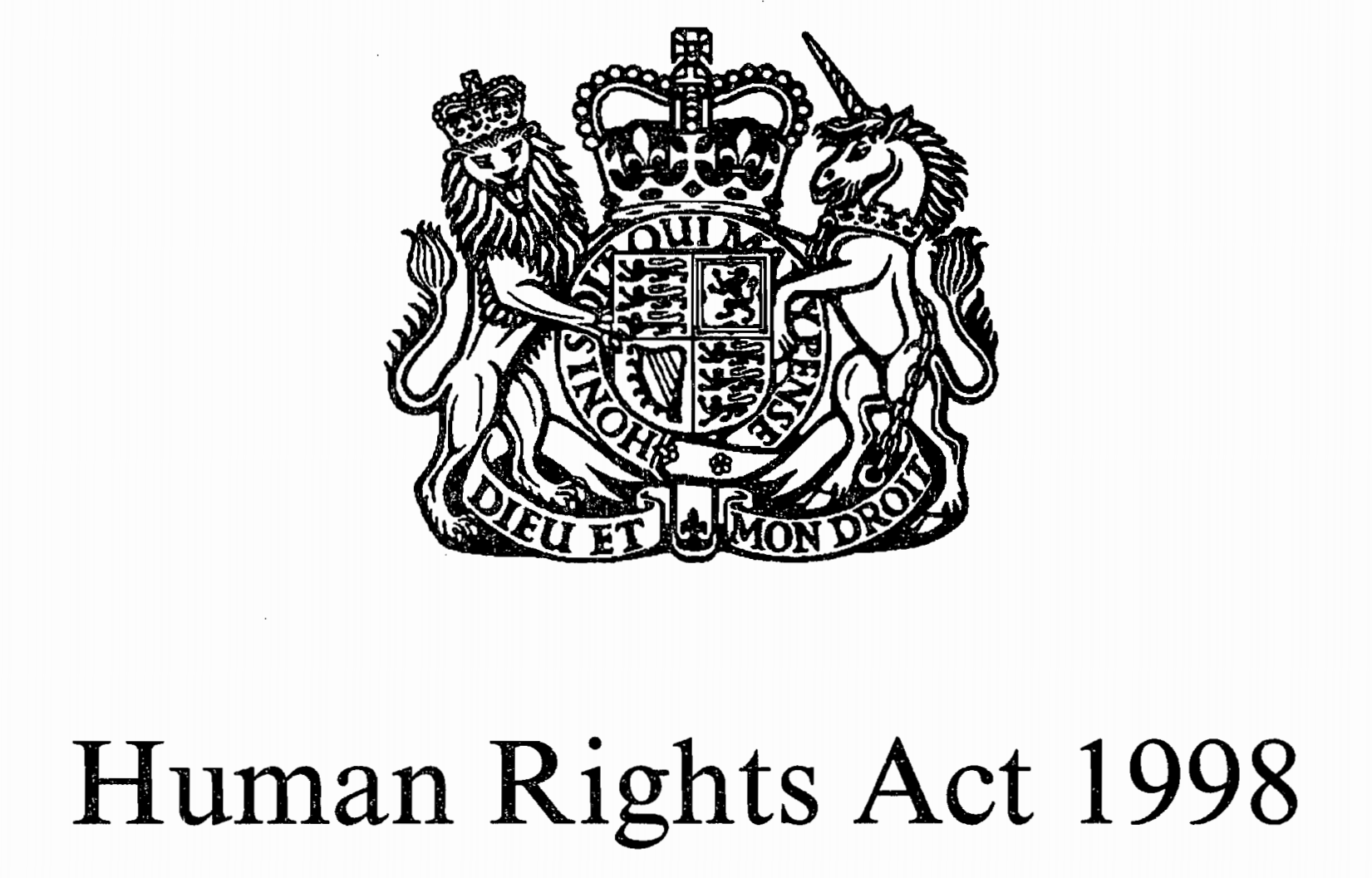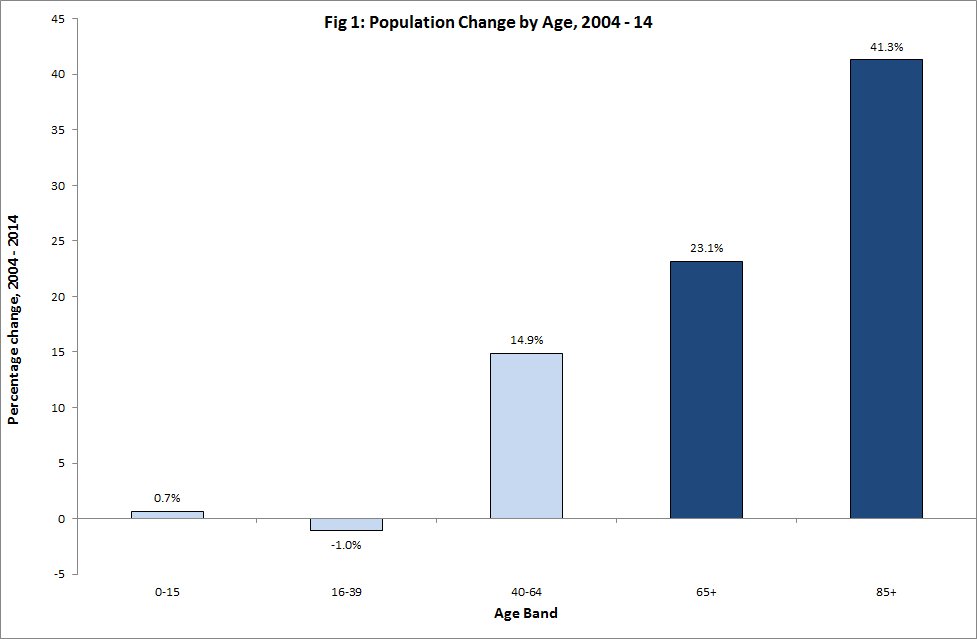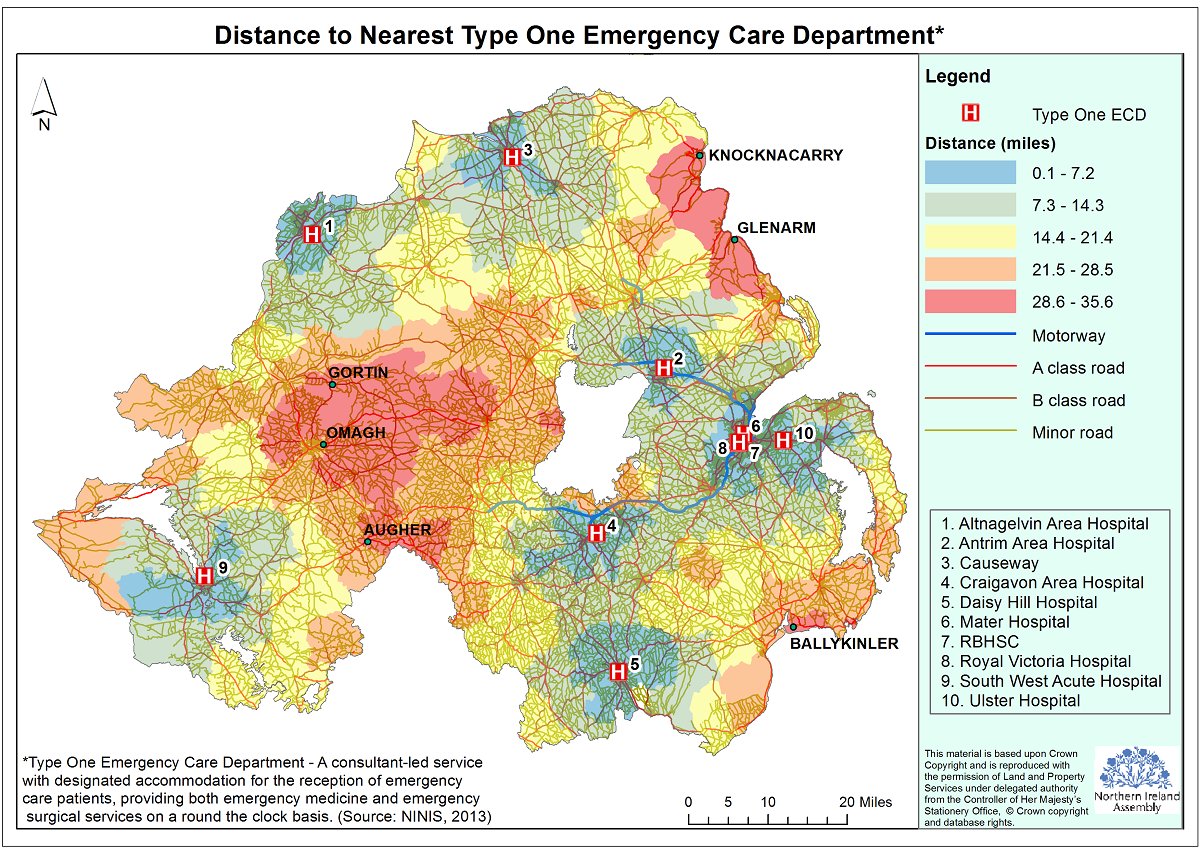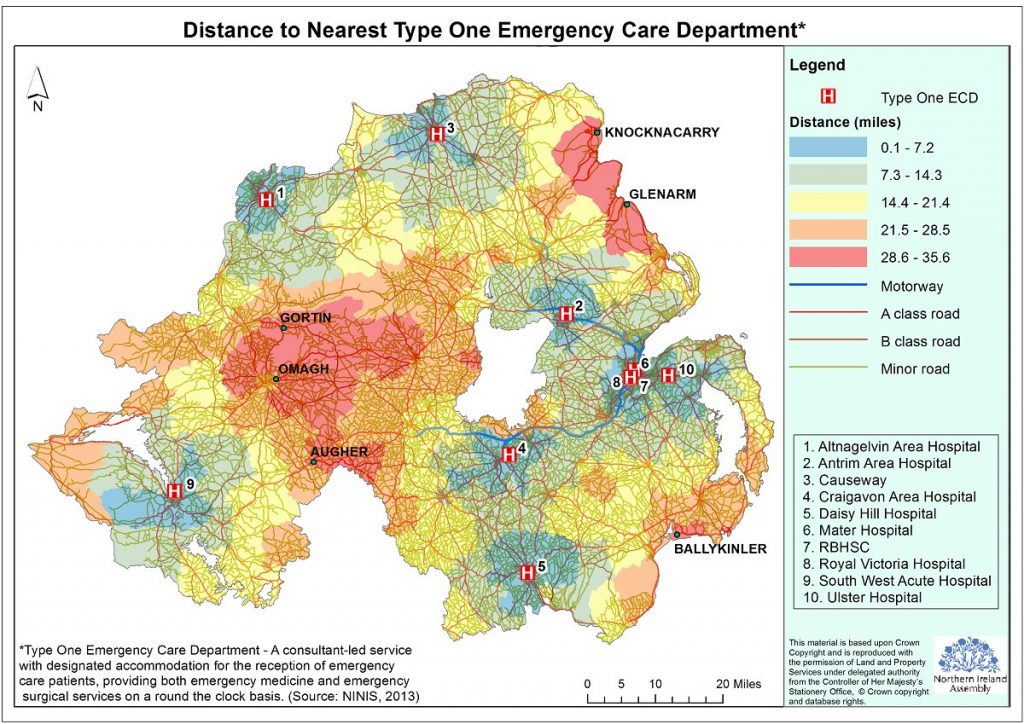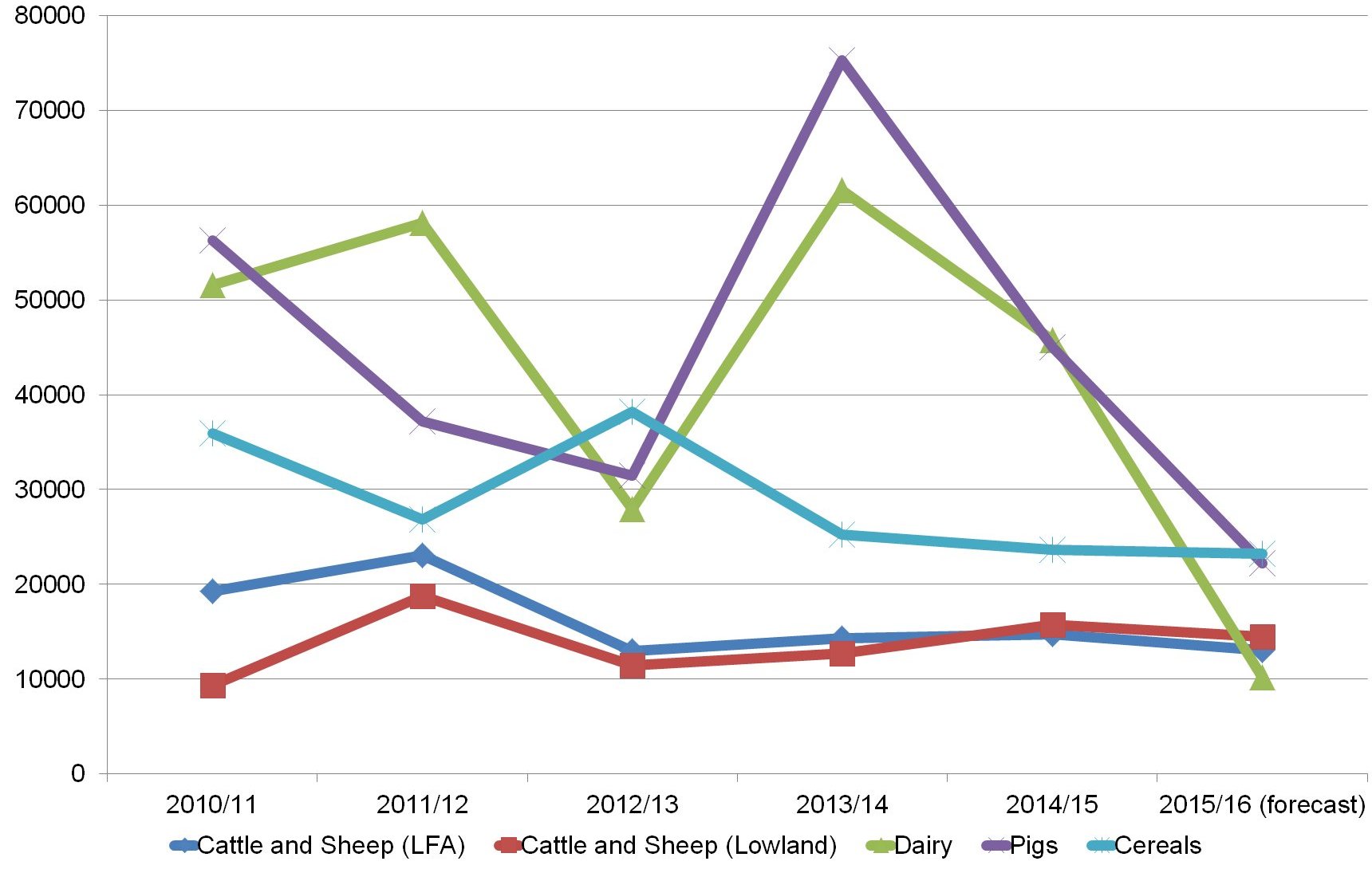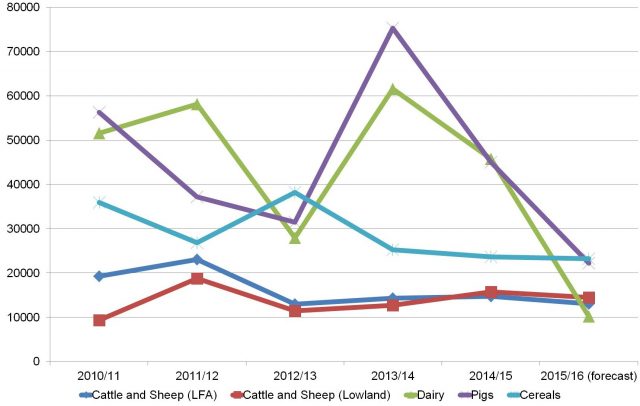Human Rights in Northern Ireland: What if the Human Rights Act were repealed?
The Belfast Agreement in 1998 contained a comprehensive suite of human rights safeguards. These include the introduction of the European Convention on Human Rights (ECHR) to be accessible in Northern Ireland courts, establishment of the Northern Ireland Human Rights Commission, consultation by the Commission on any additional rights supplementary to the ECHR to constitute a Bill of Rights and prohibition of the Northern Ireland Assembly to legislate in any way contrary to the ECHR or any Bill of Rights.
Read More »Human Rights in Northern Ireland: What if the Human Rights Act were repealed?


